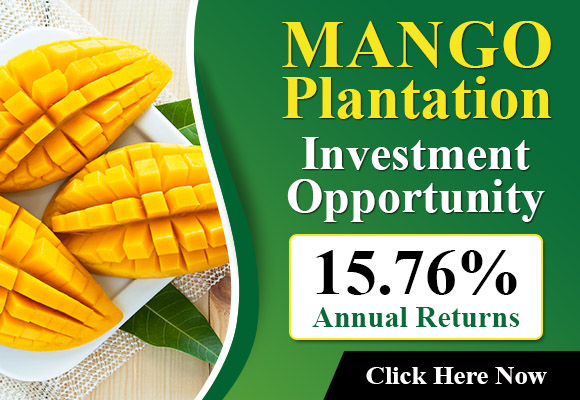The watermelon production at the midpoint of the campaign has resulted in a rise in prices at the source. “The campaign began well and produced fruit of high quality, however currently, we’re taking the fruits that would have set in the Easter season. Because of the weather that was bad in the last few days there has been a decrease in supply and the calibers are generally lower” Says Raul Arroyo of S.A.T. Agrollanos. “However it is still top-of-the-line.”
“Currently there is a shortage of demand on the market in the country isn’t all that great, as can be said of the market for exports. However, we are of the opinion that market will begin to pick up over the next few weeks, when temperatures increase. Additionally, Europe has not fully made the switch to Spanish watermelons as we can see that fruit from overseas is not yet arriving, whereas Greek watermelons as well as those from different Mediterranean regions are beginning to show up.”
The cost of selling has decreased some, “but at origin, it’s still fairly stable and isn’t in complete alignment to the current market condition. However, it will all depend on the market demand and weather conditions. It could drop in the next few weeks.”
“It’s hard to provide the exact amount, since there are many dimensions and types as well as the price range can be quite broad, however the unsorted varieties are selling between 55-60 cents per kilogram, whereas in warehouses, following processing, the cost could rise up to 70-80 cents per kilogram.” The figures seem to be quite higher than the median of 25 to 32 cents per kilogram which was recorded by the Andalusian Regional Government recorded for the black and stripe watermelon (18 cents per kilogram for miniature watermelon) within the same week in last year.
“Regarding the crop production in open soil which will be arriving after Almeria’s greenhouse flora We are witnessing good conditions for Seville and Cordoba slightly behind, yet so far, without issues. There is just some heat in the moment.”
“As as for Castile-La Mancha, it’s still not too clear what’s going to happen. At present, we have learned that there’s been a slight increase of 10% in the acreage of watermelon that means there’ll lesser melon as the total area of each crop is likely to remain at the same.”
“Melon is a much more challenging and delicate plant than watermelon. Consequently, its market share in melon is decreasing. It’s crucial to keep the fact the fact that Piel de Sapo melons and the other varieties, most commonly grown throughout Castile-La Mancha, are mostly meant for use in homes while watermelons are sold throughout Spain as well as on the export market. The market is increasingly embracing watermelon, and we, as farmers, grow those that the market wants.”
 For further information:
For further information:
SAT Agrollanos
C/ Luis Minigo s/n
13220 Los Llanos del C., Ciudad Real, Spain
Tel. : +34 926 644 188
[email protected]
www.satagrollanos.com
Source: The Plantations International Agroforestry Group of Companies
